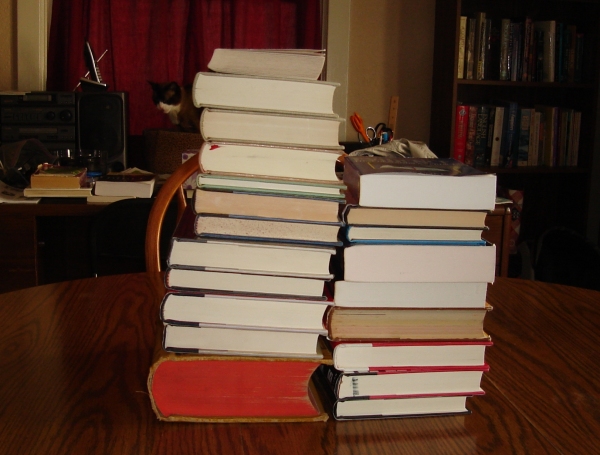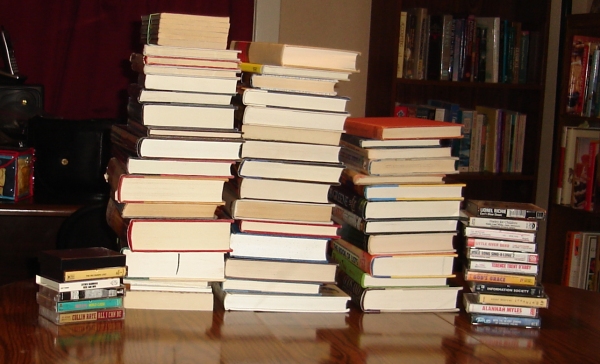Of all the Neil Simon plays I’ve read (I Ought To Be In Pictures and Biloxi Blues recently), I like this one the best. It details two middle-aged (in 1974, this was 42 and 32) people coming out of their first marriages. The man is a widower still grieving for his wife, the woman a divorcée. Their friends are trying to set them up with people, and a chance meeting in a restaurant puts these two on a collision course of love. When the man dials her accidentally, it starts a whirlwind romance and marriage that aren’t as rosy as they could be, as the man still wants to hold onto his self-pity in losing his wife.
Unlike Biloxi Blues, there’s a unifying and identifiable theme here: the way middle-aged (in 1974) people deal with long-term relationships and the loss of the same. It’s billed as a comic play, but it’s definitely more serious than straight-ahead comedy. Also, I like the set designed by the playwright, which requires no scene changes even though it shows two scenes–the apartments of his and hers–and allows interaction via telephone. Smooth.
Side note: the original production used Judd Hirsch as the man character; I just read a complete episode guide for Judd Hirsch’s comedy television series (Taxi). Isn’t it funny how the mind imposes order on disorder (that is, my reading list and my wandering journey through the same)?





